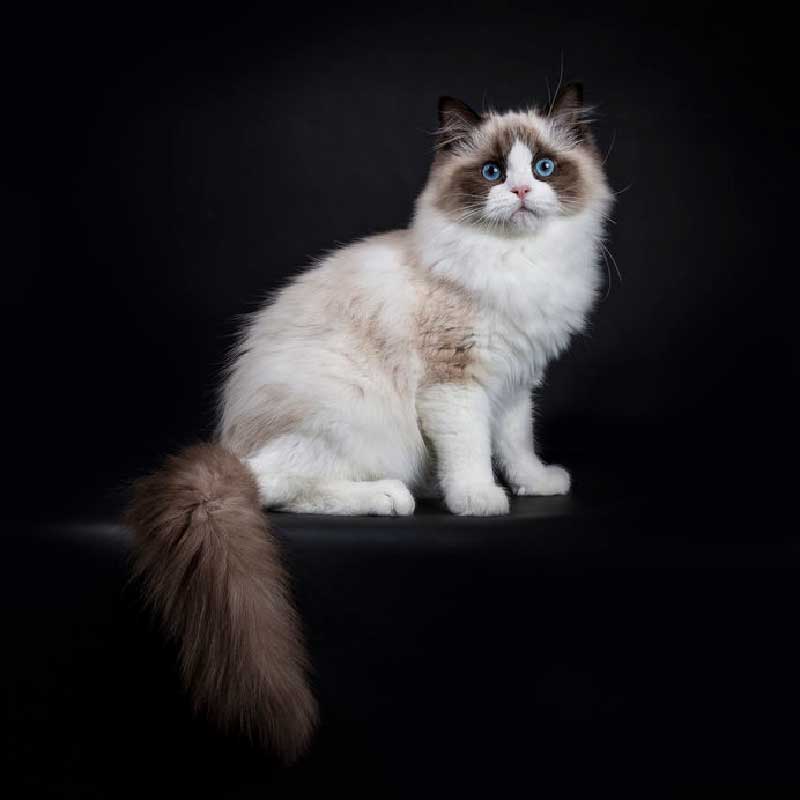One of the main differences between Ragdolls and Siamese cats is their appearance.
While both breeds may have similar color patterns, Ragdolls are generally larger and fluffier than Siamese cats. Ragdolls weigh up to 12 pounds, while Siamese cats typically only weigh 8 to 10 pounds.
Additionally, Siamese cats have short, silky hair, while Ragdolls have longer, silkier coats that require more grooming. Another difference between these two breeds is their personality.
Siamese cats are known for being more vocal and demanding attention than Ragdolls. They may become gloomy or depressed if they don’t receive enough love and affection.
Conversely, Ragdolls are more independent and strike a balance between cuddling and asserting their independence.
Physical Characteristics
Ragdolls and Siamese cats have some significant physical differences that make them easy to distinguish from one another.
Ragdolls are bigger and fluffier, while Siamese cats are slender and have short, silky hair.
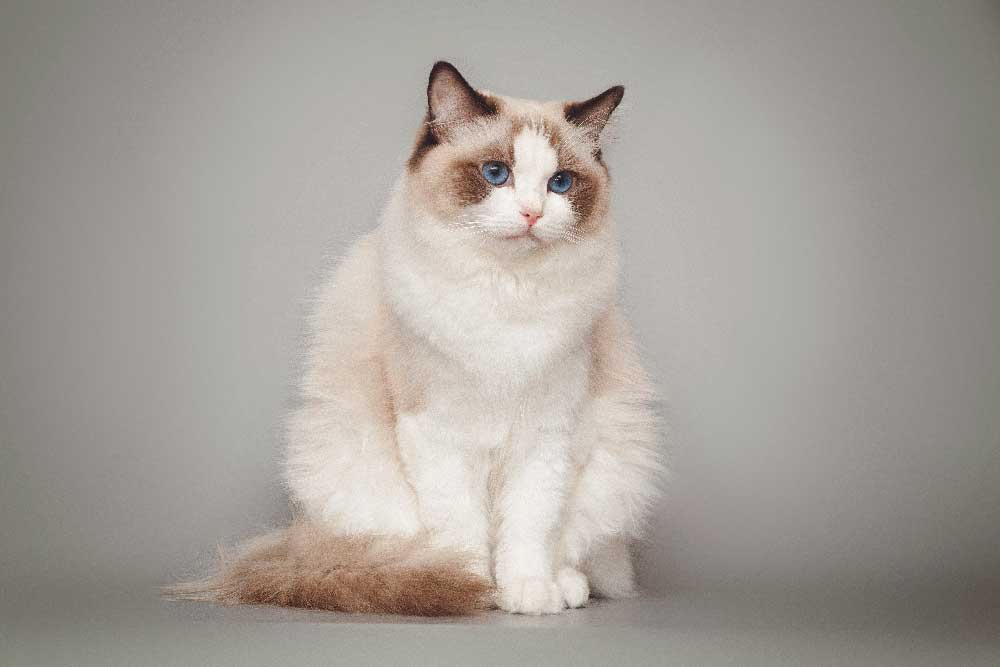
- Size: Ragdolls are larger than Siamese cats. They weigh up to 12 pounds, while Siamese cats typically weigh between 8 and 10 pounds.
- Body Type: Ragdolls have a muscular, stocky build, broad chests, and strong legs.
- Coat: Ragdolls have long, fluffy fur in various colors, including black, blue, cream, red, and tortoiseshell. Their coats are relatively easy to maintain and do not require frequent grooming.
Siamese Physical Traits
Siamese cats have a distinctive appearance that sets them apart from Ragdolls.
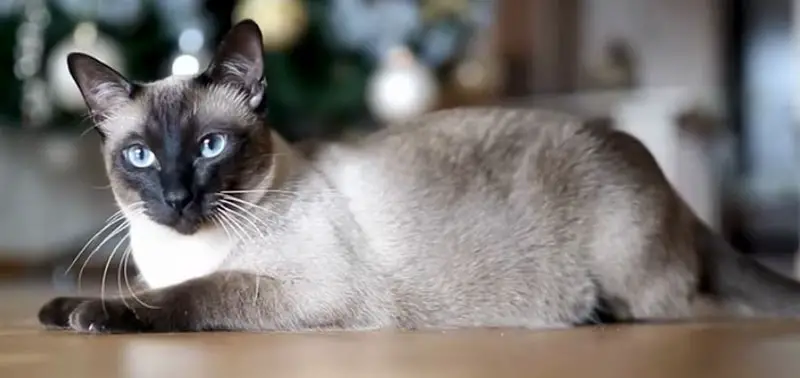
Here are some of the physical traits that distinguish Siamese cats from Ragdolls:
- Body Type: Siamese cats have a slender, athletic build, long, graceful legs, and a sleek body.
- Coat: Siamese cats have short, silky hair in various colors, including seal, blue, chocolate, and lilac. Their coats require minimal grooming and do not shed as much as other breeds.
Personality and Temperament
Ragdoll Personality
Ragdolls are known for their laid-back and friendly personalities. They are affectionate cats that love to be around their owners.
They are also known for their calm and relaxed demeanor, which makes them great pets for families with children or other pets.
Ragdolls are not very vocal cats, but they are very social and enjoy the company of people and other animals. Ragdolls are also brilliant cats.
They are quick learners and can be trained to do tricks and respond to commands. They are also inquisitive cats and enjoy exploring their surroundings.
They are not as active as other cat breeds but enjoy playing and chasing toys.
Siamese Personality
Siamese cats are known for their outgoing and vocal personalities. They are very social cats and love to be around people.
They are also brilliant cats and can be trained to do tricks and respond to commands. Siamese cats are also inquisitive and enjoy exploring their surroundings.
Siamese cats are also very active cats. They love to play and chase toys and have a lot of energy. They can be demanding cats and require their owners’ attention.
They are also very vocal cats and often meow to get attention from their owners. Overall, both Ragdoll and Siamese cats have unique personalities and temperaments.
Ragdolls are more laid-back and relaxed, while Siamese cats are more outgoing and active. Consider your lifestyle and what type of cat would fit best with your family before choosing a breed.
Health and Lifespan
Ragdoll Health
Ragdolls are generally healthy, but like any other cat breed, they are prone to specific health issues.
Here are some of the health problems that Ragdolls may develop:

Hypertrophic Cardiomyopathy (HCM) is a common heart disease affecting Ragdolls.
It is a genetic condition that causes the heart’s walls to thicken, making it harder for the heart to pump blood.
Regular check-ups with a veterinarian can help detect HCM early, and treatment can help manage the condition.
Feline Infectious Peritonitis (FIP): This viral disease affects cats. Ragdolls are more susceptible to FIP than other breeds.
FIP has no cure, but supportive care can help manage the symptoms.
Urinary Tract Infections (UTIs): Ragdolls are prone to UTIs, which can cause discomfort and pain while urinating.
Symptoms of a UTI include frequent urination, blood in the urine, and straining while urinating. A veterinarian can prescribe antibiotics to treat a UTI.
Ragdolls have a 12-17 years lifespan, but they can live longer with proper care and regular check-ups with a veterinarian.
Siamese Health
Siamese cats are generally healthy, but like any other breed, they are prone to specific health issues.
Here are some of the health problems that Siamese cats may develop:
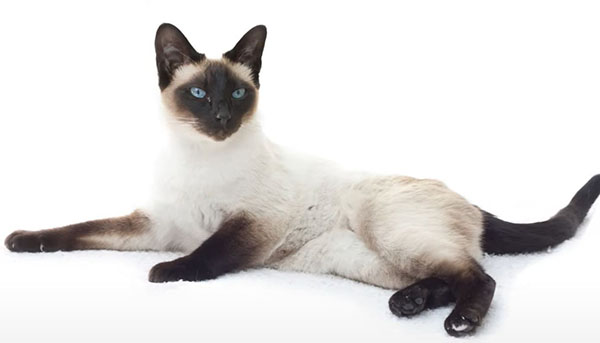
Amyloidosis: This is a genetic condition that affects Siamese cats. It causes the buildup of amyloid proteins in the organs, which can lead to organ failure.
Regular check-ups with a veterinarian can help detect amyloidosis early, and treatment can help manage the condition.
Asthma: Siamese cats are more prone to asthma than other breeds. This respiratory condition can cause coughing, wheezing, and difficulty breathing.
Treatment for asthma includes medication and environmental management.
Periodontal Disease: Siamese cats are prone to periodontal disease, a bacterial infection affecting the gums and teeth.
Regular dental cleanings and at-home dental care can help prevent periodontal disease.
Siamese cats have a lifespan of 15 years, but with proper care and regular check-ups with a veterinarian, they can live longer.
Care and Maintenance
Overall, Ragdolls and Siamese cats are relatively low-maintenance breeds that require regular grooming and attention to keep them healthy and happy.
Your Ragdoll or Siamese can be a loving and loyal companion with proper care and attention for many years.
Ragdoll Care
Ragdolls are known for their luxurious and soft coat, which requires regular grooming to keep them looking their best. Here are some tips for taking care of your Ragdoll:
- Brush your Ragdoll’s coat at least once a week to prevent matting and tangling.
- Use a comb or slicker brush to remove loose fur and distribute natural oils throughout the coat.
- Use gentle cat shampoo to bathe your Ragdoll as needed, typically every 4-6 weeks.
- Trim your Ragdoll’s nails regularly to prevent them from becoming too long and causing discomfort or injury.
- Clean your Ragdoll’s ears with a damp cloth or cotton ball to remove dirt or wax buildup.
In addition to grooming, Ragdolls require regular exercise and playtime to keep them healthy and happy.
Provide your Ragdoll with plenty of toys and scratching posts to keep them entertained and stimulated.
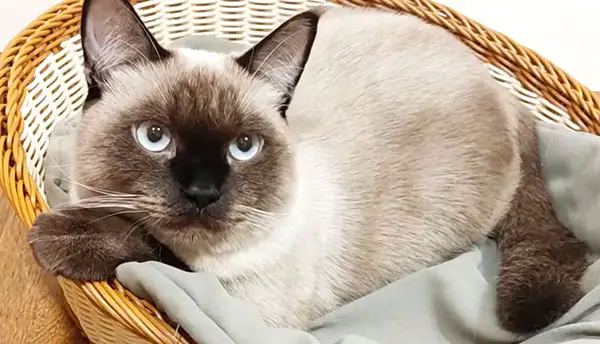
Siamese Care
Siamese cats have a short, sleek coat that is easy to maintain. Here are some tips for taking care of your Siamese:
- Brush your Siamese’s coat once a week to remove loose fur and distribute natural oils.
- Bathe your Siamese as needed, typically every 4-6 weeks, using a gentle cat shampoo.
- Trim your Siamese nails regularly to prevent them from becoming too long and causing discomfort or injury.
- Clean your Siamese ears with a damp cloth or cotton ball to remove dirt or wax buildup.
In addition to grooming, Siamese cats require plenty of attention and socialization to prevent them from becoming bored or depressed.
Spend time playing with your Siamese and provide them with plenty of toys and scratching posts to keep them entertained.
Origin and History
Both breeds have fascinating stories regarding the history of Ragdoll and Siamese cats. Here are the details:
Ragdoll History
The Ragdoll breed was created by Ann Baker, a Persian breeder from California, in the 1960s.
According to the legend, a white Persian cat named Josephine was hit by a car and then nursed back to health by a kind-hearted neighbor.
Josephine had a litter of kittens, and Ann Baker liked them because they were unusually friendly and relaxed. Ann Baker started breeding Josephine’s kittens and developed the Ragdoll breed.
She claimed the cats were so relaxed they would limp like a ragdoll when picked up. The Cat Fanciers’ Association (CFA) officially recognized the breed in 1993.
Siamese History
The Siamese breed has a much longer history than the Ragdoll. Siamese cats were first documented in Thailand (formerly known as Siam) in the 14th century.
They were kept by royalty and were considered sacred. In the 19th century, Siamese cats were introduced to the Western world and quickly became popular. The breed was recognized by the CFA in 1906.
Siamese cats have undergone significant changes in appearance over the years.
The modern Siamese has a more slender body and a wedge-shaped head compared to the rounder head of the traditional Siamese.

